SIX DROUGHT TOLERANT PLANTS
Drought-tolerant plants are beloved by many a smart gardener. From the conscientious tree-hugger to the budget-conscious water hawk, nearly everyone recognizes the positive aspects to using less water.
The drought-tolerant moniker doesn’t mean “set it and forget it.” Water-conserving plants still need to be settled-in the first year with generous watering at planting time and during dry spells.
Once healthy and mature, even the leanest of times won’t stop these bloomers from lighting up the garden.
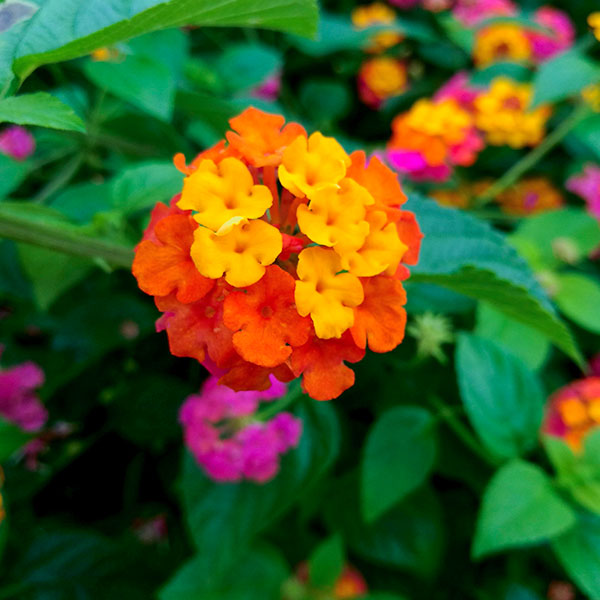
Lantana camara
A Pokey Pick
Lantanas bloom reliably, even when it’s scorching. While every other “heat-lover” flags, lantana’s pom-like flowers refuse to fade and instead change color as they age, giving an almost tie-dye effect.
GROWING GUIDE:Plant in a sunny location. Though extremely drought tolerant, lantana does need consistent watering the first year to get established. The thorn: Every part of the foliage can irritate the skin, so wear gloves.
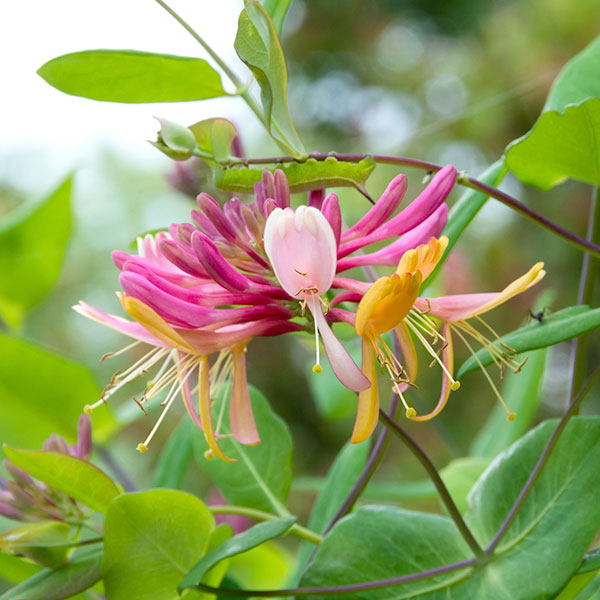
Loniceraspp.
From on High
Sweetly scented—especially at dusk, honeysuckle attracts hummingbirds with every passing breeze. The trumpet-shaped flowers bloom for months in combinations of pink, orange, yellow and white.
GROWING GUIDE:Place in a sunny location with a fence or arbor for support. Native species, like L. ciliosa, will prefer partial shade. Refrain from pruning after flowering; in autumn, red berries attract birds to the yard.
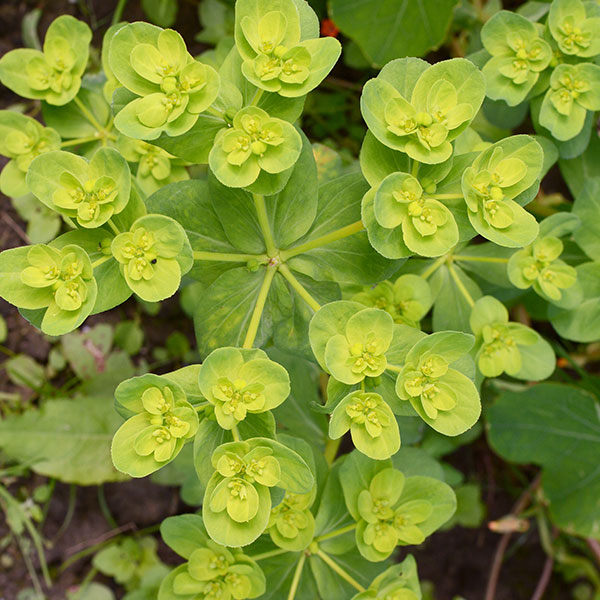
Euphorbiaspp.
Spurge Not Splurge
Euphorbia, also called spurge, comes from the Mediterranean. The blooms on these beauties aren’t actually flowers. Saucer-like bracts make up the decorative ends of the bottle-brush shrubs.
GROWING GUIDE:Choose a sunny location. Water well the first year and you may never have to water your spurge again. Take care: Spurge sap is caustic, so wear gloves and eye protection while pruning.
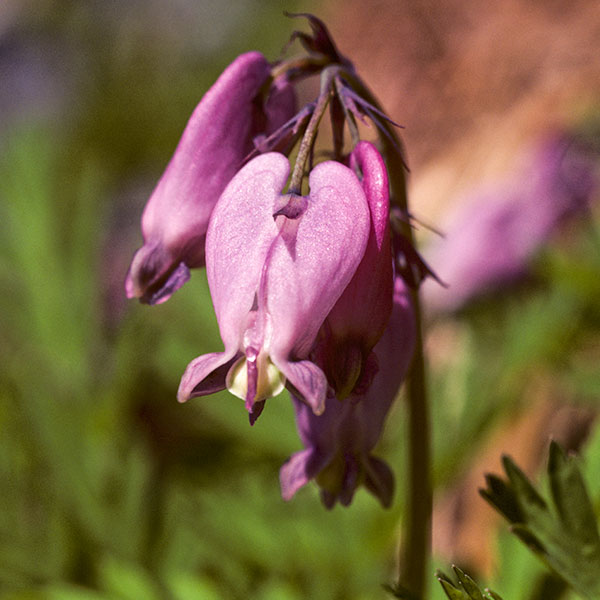
Dicentra formosa
Wild About You
The Western bleeding heart is native to the cool, wet, beachside forests of the Pacific Coast. D. formosais characterized by delicate, bluish green, fern-like foliage and deep red “hearts” in a single color.
GROWING GUIDE:Bleeding hearts love shady, protected locations. They can be grown under trees or shrubs, or in the shade of buildings or fences. Remove foliage only after it’s fully faded to allow for better blooms the next year.
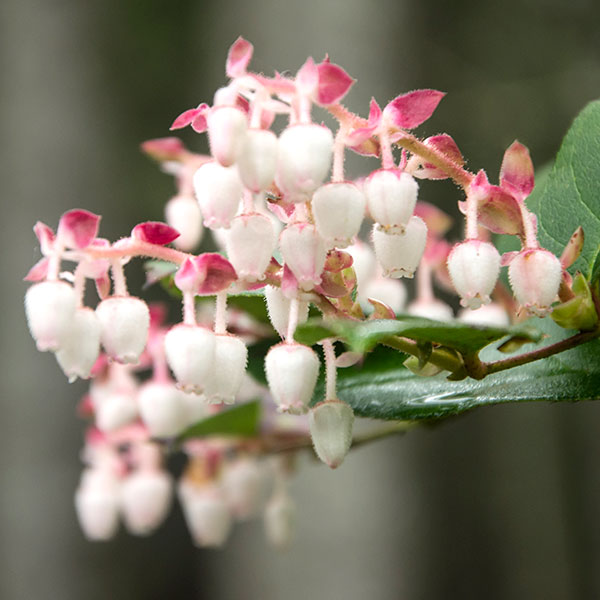
Gaultheria shallon
A Salal Salve
Another West Coast native, salal shrub leaves were used by indigenous people in tinctures for cramps and, topically, for bug bites. Their dark-blue berries are mildly sweet and edible.
GROWING GUIDE:The small, evergreen shrub does particularly well in acid-rich soil. Since we have naturally sour soil in the Northwest, you may not have to mulch with peat moss—and the ozone thanks you.
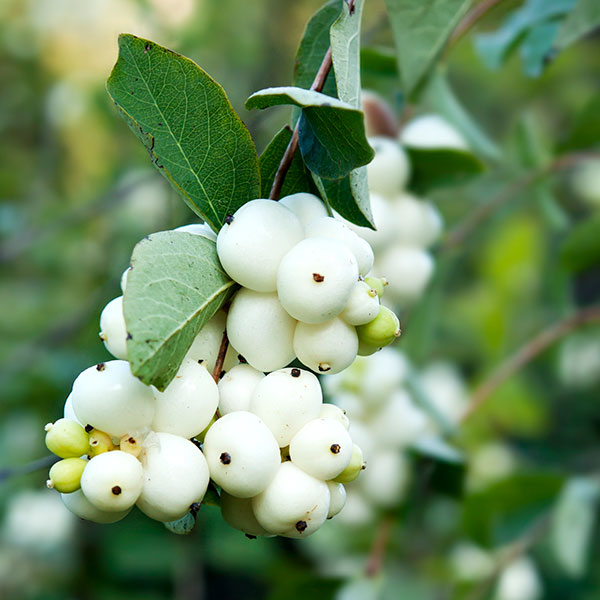
Symphoricarpos albus
Right at Home
Part of the honeysuckle family, this Northwest native has delicate pink flowers that give way to clusters of white berries. Take note: The fruit attracts birds in autumn but is toxic for humans.
GROWING GUIDE:Snowberries are rarely grown for their beauty. Because they tolerate poor soil, low light and neglect, the short shrubs make good ground covers and help control erosion on banks and hillsides.

